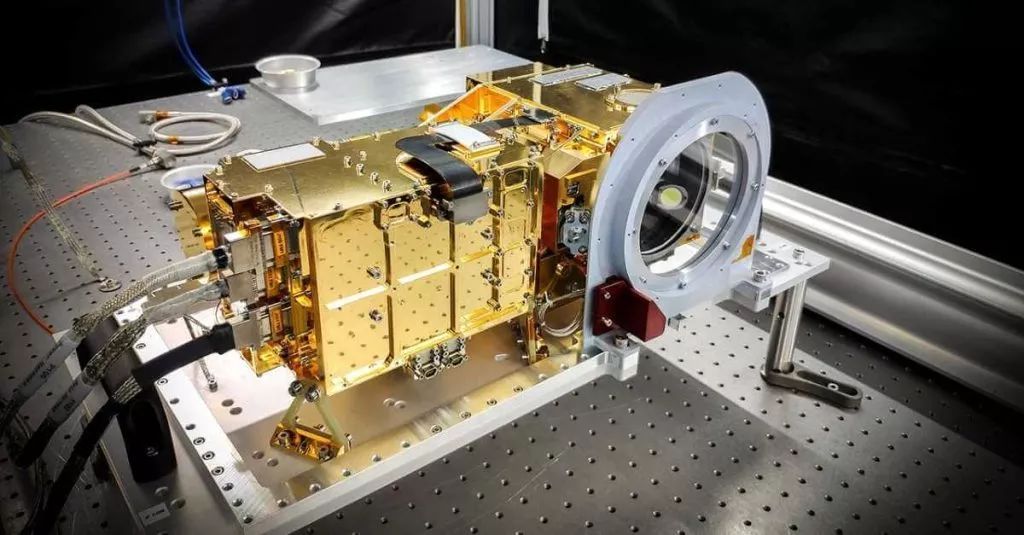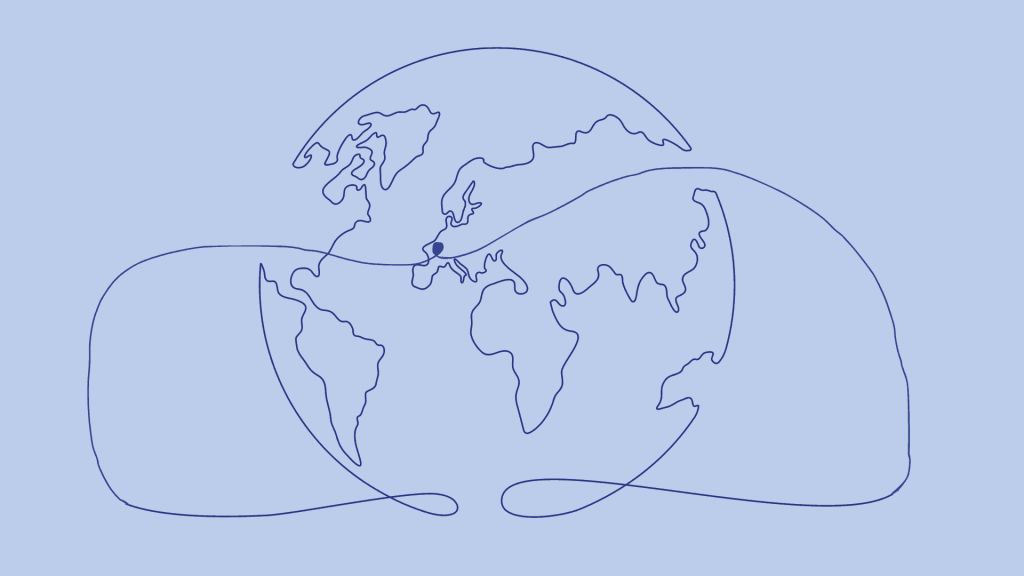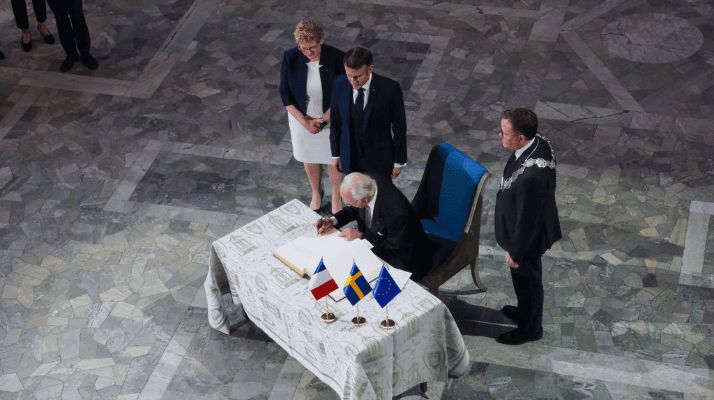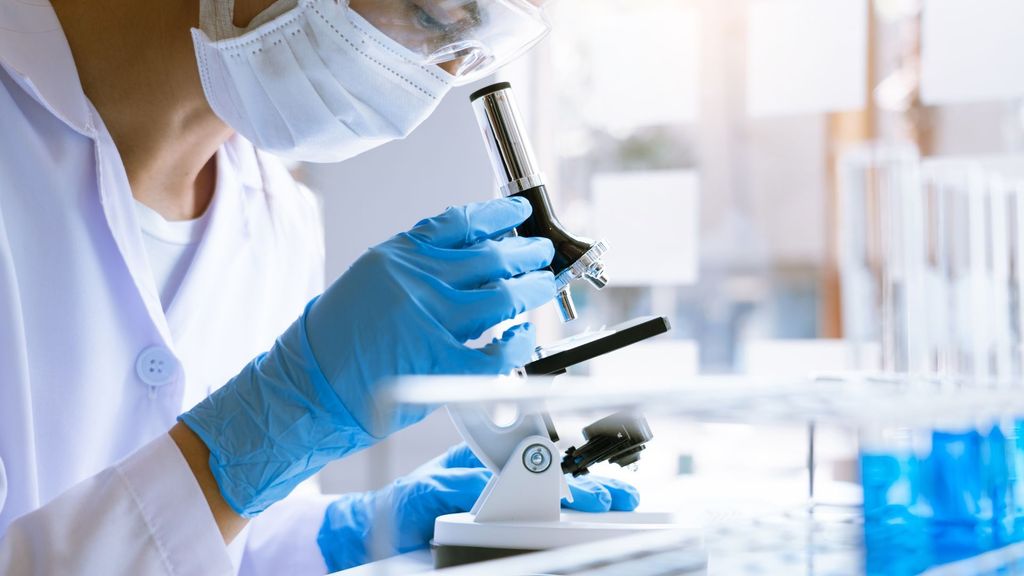- Success Story
NASA rover Perseverance is also a mix of French and Nordic cutting-edge technologies
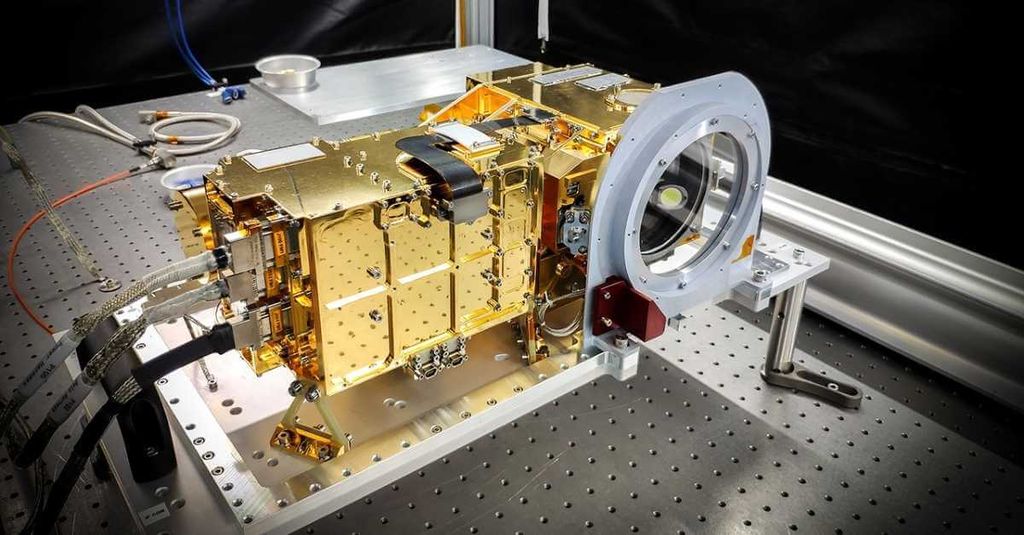
On February the 18th, 2021, the rover Perseverance landed on Mars. The exploration device, and the Mars 2020 space mission it takes part in, are operated by NASA but are equipped with several European technologies. Among them are RIMFAX, a Norwegian radar, and SuperCam, a French-developed device allowing the rover to capture images and sounds. This tool is the result of a deep collaboration between public laboratories and private industrial groups.
Perseverance, the next step when it comes to Mars exploration, thanks to SuperCam
Followed by the whole world, Perseverance’s successful landing is a premiere in space exploration history. This rover is the largest object sent from the Earth to land on Mars so far. It is also equipped with several devices of the newest technologies to investigate potential organic traces that could be the evidence of past existence of life on Mars.
Thanks to SuperCam, Perseverance can examine rocks and soils with a camera, laser, and spectrometers to seek organic compounds that could be related to past life on Mars. It is a very sophisticated and polyvalent tool that photographs targeted samples and analyzes their molecular structure and atomic composition. It is composed of a color camera and a microphone that recorded the first sounds on Mars.
Learn more: Listen to the first sounds from Mars
SuperCam, the “eyes and ears of Perseverance”
SuperCam was developed through French public-private cooperation. Coordinated by the IRAP under the banner of the CNES (National Center for Space Studies), French laboratories from the CNRS (National Center for Scientific research) worked together with numerous industrial partners, such as Thales and private laboratories like Adveotec specialized companies in MAP coatings.
The presence of the SuperCam device on Perseverance is another proof of the French space industry’s quality. “It is a great source of pride that the Nasa renews its trust in French scientific expertise,” says Jean-Yves Le Gall, the CNES President. Indeed, it is not the first time that NASA chooses to use French technologies for its projects. Back in 2012, France had already invested €40 million in the Curiosity rover project.
Perseverance and the Mars 2020 mission is also Nordic and European
France is not the only foreign contributor to the rover. In Europe, the MEDA, another device found on Perseverance allowing a Spanish laboratory developed the measure of wind speed, temperature, and humidity.
The Nordic countries have also contributed to the project, first through the European Space Agency, a key actor of the Mars 2020 mission. Indeed, Finland, Sweden, Norway, and Denmark are member States of the ESA. With the help of Airbus, the agency has crafted the Earth Return Orbiter which mission will be to bring samples from Mars back on Earth in 2030.
On the rover itself, Norway has been a great contributor as the FFI (Norwegian Defense Research Establishment) has conceived and manufactured RIMFAX, a ground-penetrating radar. This device will be able to image different ground densities and layers to analyze the soil of Mars.
Therefore, Perseverance and its successful landing coordinated by NASA act as proof of the strength of French and European cooperation in the space industry.
Learn more: French aerospace excellence
Picture credit: CNES
Article written by Jeanne Blain
